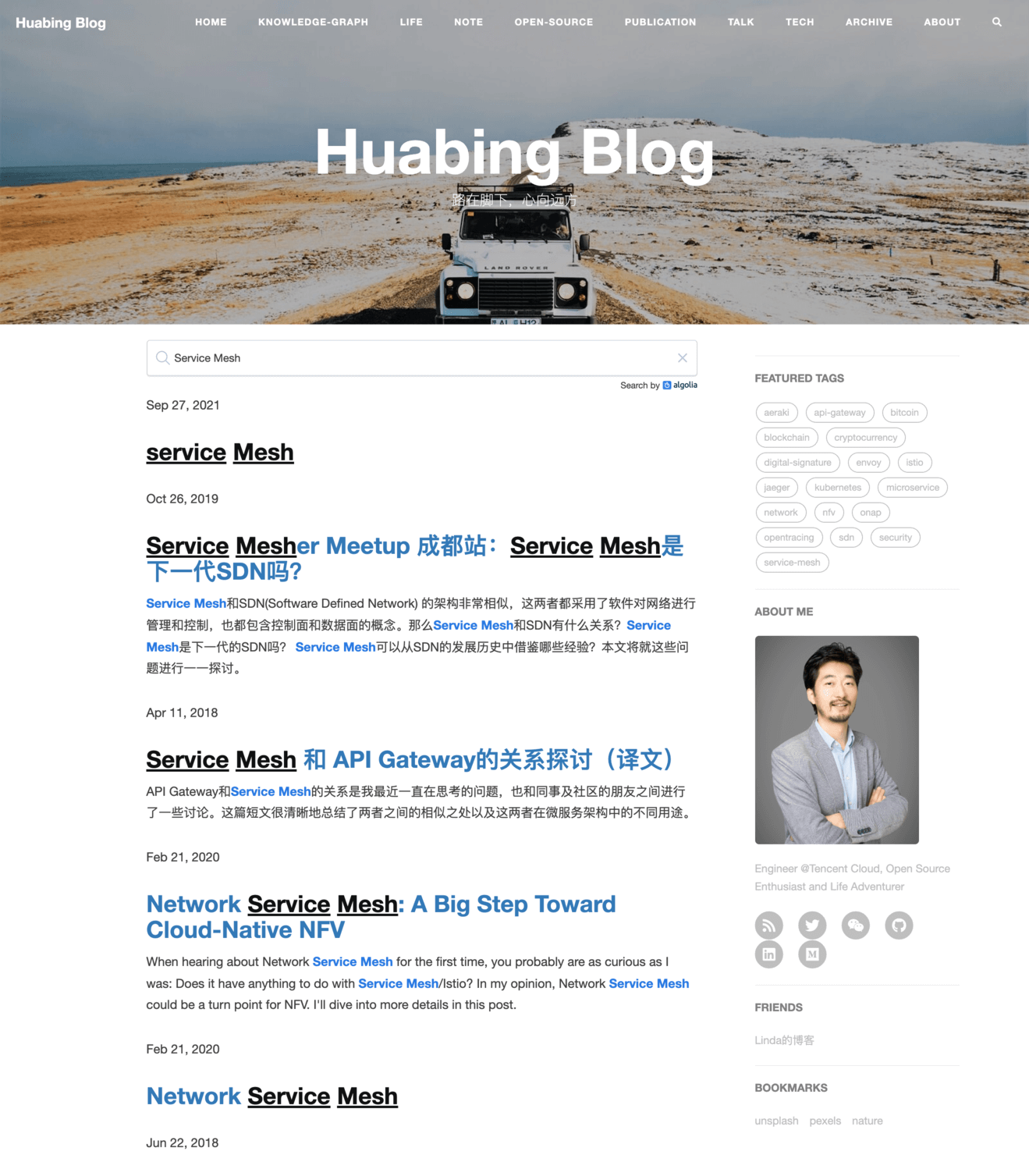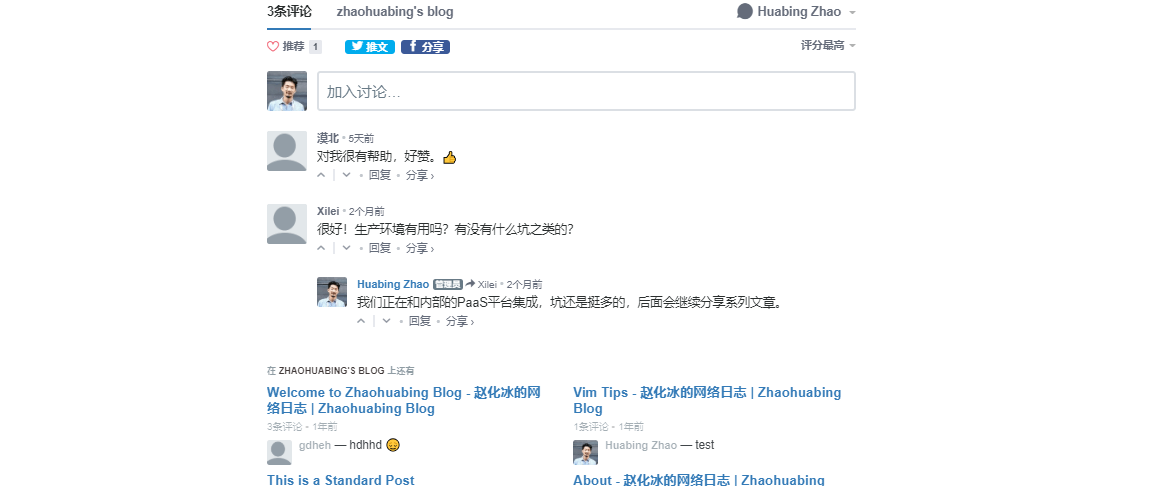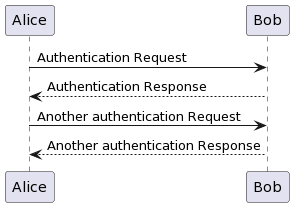1
2
3
4
5
6
7
8
9
10
11
12
13
14
15
16
17
18
19
20
21
22
23
24
25
26
27
28
29
30
31
32
33
34
35
36
37
38
39
40
41
42
43
44
45
46
47
48
49
50
51
52
53
54
55
56
57
58
59
60
61
62
63
64
65
66
67
68
69
70
71
72
73
74
75
76
77
78
79
80
81
82
83
84
85
86
87
88
89
90
91
92
93
94
95
96
97
98
99
100
101
102
103
104
105
106
107
108
109
110
111
112
113
114
115
116
117
118
119
120
121
122
123
124
125
126
127
128
129
130
131
132
133
134
135
136
137
138
139
140
141
142
143
144
145
146
147
148
149
150
151
152
153
154
155
156
157
158
159
160
161
162
163
164
165
166
167
168
169
170
171
172
173
174
175
176
177
178
179
180
181
182
183
184
185
186
187
188
189
190
191
192
193
194
195
196
197
198
199
200
201
202
203
204
205
206
207
208
209
210
211
212
213
214
215
216
217
218
219
220
221
222
223
224
225
226
227
228
229
230
231
232
233
234
235
236
237
238
239
240
241
242
243
244
245
246
247
248
249
250
251
252
253
254
255
256
257
258
259
260
261
262
263
264
265
266
267
268
269
270
271
272
273
274
275
276
277
278
279
280
281
282
|
# Clean White Theme for Hugo
CleanWhite is a clean, elegant, but fully functional blog theme for Hugo. Here is a live [demo site](https://zhaohuabing.com) using this theme.
It is based on [huxblog Jekyll Theme](https://github.com/Huxpro/huxpro.github.io)
and [Clean Blog Jekyll Theme](https://github.com/BlackrockDigital/startbootstrap-clean-blog-jekyll).
These two upstream projects have done awesome jobs to create a blog theme, what I'm doing here is porting it to Hugo, of which I like the simplicity and the much faster compiling speed. Some other features which I think could be useful, such as site search with algolia and proxy for Disqus access in China, have also been built in the CleanWhite theme. Other fancy features of upstream projects are not supported by this Hugo theme, I'd like to make it as simple as possible and only focus on blog purpose, at least for now.
While I created this theme, I followed the Hugo theme best practice and tried to make every part of the template as a replaceable partial html, so it could be much easier for you to make your customization based on it.
## Screenshots
**Home**

**Post**

**Search**

**Archive**

**Disqus**

**Wechat Pay & Alipay**

**Mind Map**

**Bilibili Video**

## Quick Start
The simplest way is to start with the example site coming with this theme, then you can play around and add your own stuff.
```
$ mkdir test
$ cd test
$ mkdir themes
$ cd themes
$ git clone https://github.com/zhaohuabing/hugo-theme-cleanwhite.git
$ cp -r hugo-theme-cleanwhite/exampleSite/** ../
$ cd ..
$ hugo serve
```
If your site is already a git project, you may want to choose to add the cleanwhite theme as a submodule to avoid messing up your existing git repository.
```
$ mkdir themes
$ git submodule add https://github.com/zhaohuabing/hugo-theme-cleanwhite.git themes/hugo-theme-cleanwhite
```
Run Hugo Build-in Server Locally
```
$ hugo serve -t hugo-theme-cleanwhite
```
Now enter [`localhost:1313`](http://localhost:1313) in the address bar of your browser.
If you start from scratch, there is a working Hugo site configured with the CleanWhite theme in the [exampleSite](https://github.com/zhaohuabing/hugo-theme-cleanwhite/tree/master/exampleSite) directory. You can use it as a starting point for your site.
For more information read the official [setup guide](https://gohugo.io/overview/installing/) of Hugo
## Configuration
First, let's take a look at the [config.toml](https://github.com/zhaohuabing/hugo-theme-cleanwhite/blob/master/exampleSite/config.toml). It will be useful to learn how to customize your site. Feel free to play around with the settings.
### Comment Systems
The following comment systems have been supported by this theme:
#### Giscus
[Giscus](https://giscus.app/) is a comment system powered by GitHub Discussions.
Install [the Giscus app](https://github.com/marketplace/giscus) on your GitHub repo, and set the parameters as below:
```
[params.giscus]
data_repo="your GitHub repo"
data_repo_id="your repo id"
data_category="your category"
data_category_id="your category id"
data_mapping="pathname"
data_reactions_enabled="1"
data_emit_metadata="0"
data_theme="light"
data_lang="en"
crossorigin="anonymous"
```
#### Disqus
To enable Disqus, create an account in Disqus and write down your shortname.
```toml
disqusShortname = "your-disqus-short-name"
```
#### Disqus behind a proxy
If Disqus can't be directly accessed, we can set up a proxy with [disqus-php-api](https://github.com/zhaohuabing/disqus-php-api) in a host which sets between the client browser and the Disqus server. The idea is that if Disqus can be reached in the guest network, the blog page will show the original Disqus comments UI, otherwise, it will downgrade and use the proxy to access the Disqus, the UI will be a little different, but the visitors can still write their comments on the page.
The client side java script has already been integrated to CleanWhite them, but you need to set up a proxy server yourself.
The proxy is written in php, which can be found here: https://github.com/zhaohuabing/disqus-php-api/tree/master/api
You need to specify your Disqus account information in the config.php.
```
define('PUBLIC_KEY', '');
define('SECRET_KEY', '');
define('DISQUS_USERNAME', '');
define('DISQUS_EMAIL', '');
define('DISQUS_PASSWORD', '');
define('DISQUS_WEBSITE', '');
define('DISQUS_SHORTNAME', '');
```
Set the proxy server address in the site config file of your Hugo project.
```toml
disqus_proxy = "http://yourdisqusproxy.com"
```
#### Twikoo
Twikoo is a simple, safe, free comment system based on Tencent CloudBase (tcb).
To deploy Twikoo, please refer to the installation guide on [the twikoo website](https://twikoo.js.org/).
Just enter the twikoo env_id in the configuration file to connect your blog to the deployed Twikoo.
```
twikoo_env_id = "your twikoo env id"
```
### Site Search with Algolia
Follow this [tutorial](https://forestry.io/blog/search-with-algolia-in-hugo/#3-create-your-index-in-algolia) to create your index in Algolia. The index is just the storage of the indexing data of your site in the the cloud . The search page of CleanWhite theme will utilize this indexing data to do the search.
Go to the directory where you have your Hugo site and run the following commands:
```bash
$ npm init
$ npm install atomic-algolia --save
```
Next, open up the newly created package.json, where we’ll add an NPM script to update your index at Algolia. Find "scripts", and add the following:
```josn
"algolia": "atomic-algolia"
```
Algolia index output format has already been supported by the CleanWhite theme, so you can just build your site, then you’ll find a file called algolia.json in your `public` directory, which we can use to update your index in Algolia.
Generate index file:
```bash
$ hugo
```
Create a new file in the root of your Hugo project called .env, and add the following contents:
```bash
ALGOLIA_APP_ID={{ YOUR_APP_ID }}
ALGOLIA_ADMIN_KEY={{ YOUR_ADMIN_KEY }}
ALGOLIA_INDEX_NAME={{ YOUR_INDEX_NAME }}
ALGOLIA_INDEX_FILE={{ PATH/TO/algolia.json }}
```
**Make sure double curly braces be replaced together**.
Now you can push your index to Algolia by simply running:
```bash
$ npm run algolia
```
Add the following variables to your hugo site config so the search page can get access to algolia index data in the cloud:
```
algolia_search = true
algolia_appId = {{ YOUR_APP_ID }}
algolia_indexName = {{ YOUR_INDEX_NAME }}
algolia_apiKey = {{ YOUR_SEARCH_ONLY_KEY }}
```
Open search page in your browser: http://localhost:1313/search
### Analytics
You can optionally enable Google or Baidu Analytics. Type your tracking code in the
```toml
googleAnalytics = "G-XXXXX"
ba_track_id = "XXXXXXXXXXXXXXXX"
```
Leave the `googleAnalytics` or 'ba_track_id ' key empty to disable it.
### Wechat Pay & Alipay Rewards
You can enable Wechat Pay & Alipay to allow readers send you money. So if they like your articles, you may even get rewards from your writing. Now you must be motivated to write more.
* Enable Wechat Pay & Alipay in the site config
```toml
reward = true
```
* Replace the QR codes of Wechat Pay & Alipay by overriding the photos in folder /static/img/reward/, otherwise the money will be sent to my accounts!
* Enable Wechat Pay & Alipay in the site config
```toml
reward = true
```
### Mind Map
Mind Map is supported with shortcode 'mind', instering the following code snippet into your markdown file can create a mind map showing in the screenshots.
```markdown
{{% mind %}}
- Root
- Level 1
- Level 2
- Level 2
- Level 3
- Level 3
- Level 4
- Level 5
- Level 6
- Level 1
- Level 2
- Level 2
- Level 1
- Level 2
- Level 2
- Level 1
- Level 2
- Level 2
- Level 1
- Level 2
- Level 2
{{% /mind %}}
```
### Embedded Videos
Use the below hugo shortcodes to embed videos into your posts.
Bilibili (B站)
```
{{< bilibili BV1kZ4y137gv >}}
```
Youtube
```
{{< youtube cllc1ZGlhsQ >}}
```
Vimeo
```
{{< vimeo 146022717 >}}
```
### Plantuml
Plantuml support can be enabled at site or page level by adding the following line in the config.yaml or page header.
```
plantuml: true
```
Then you can just put plantuml source code in markdown files and the picture will be generated automatically.
An example:
<pre>
```plantuml
@startuml
Alice -> Bob: Authentication Request
Bob --> Alice: Authentication Response
Alice -> Bob: Another authentication Request
Alice <-- Bob: Another authentication Response
@enduml
```
</pre>

## Thanks
Thanks for the great jobs of [huxblog Jekyll Theme](https://github.com/Huxpro/huxpro.github.io) and [Clean Blog Jekyll Theme](https://github.com/BlackrockDigital/startbootstrap-clean-blog-jekyll) which are the the two upstream projects CleanWhite Hugo theme is based on.
## Feedback
If you find any problems, please feel free to [raise an issue](https://github.com/zhaohuabing/hugo-theme-cleanwhite/issues/new) or create a pull request to fix it.
If it's helpful for you, I would appreciate it if you could star this repository, thanks!
## Who is using cleanwhite?(谁在使用 cleanwhite?)
Sincerely thank everyone who constantly keeps on using and supporting cleanwhite. Feel free to leave a comment on [this issue](https://github.com/zhaohuabing/hugo-theme-cleanwhite/issues/115) to include information about your blog.
|
